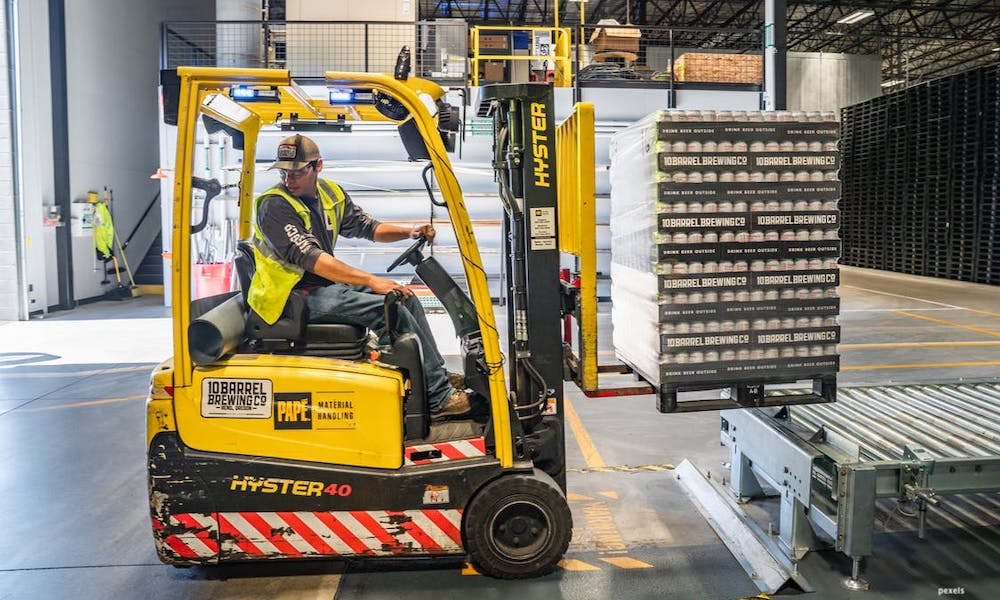Marketing
How To Start A Warehouse Business
The Internet has led to a huge increase in home-based businesses, and other companies that sell products on the web. Most of these firms do not want to invest the time and money to physically store products. This change has created a tremendous need for warehouse services. Consider the following tips for starting a warehouse business.

The Internet and digital transformation have led to a huge increase in eCommerce and home-based businesses.
What may have started as a side hustle from your spare room is now a fledging startup however it still doesn’t have a need for physical office space. Inviting customers to your home is also not a good look nor do they want to come either. What all these new-look startups require is warehouse storage. You can get a headstart in your area with warehouse business.
Determining the demand
Your first step should be to determine who needs your warehouse service, and if there are enough customers to support the new business.
Chron.com points out that small firms without warehouse space have two choices. They can use a large warehouse facility, which may be very expensive. These companies can also use self-storage units. Using self-storage, however, is not an efficient way to store products. Your firm can provide storage for these smaller companies at a reasonable price.
Do some research to determine the demand for warehouse services in your area. You should be able to find data that categorizes local companies by Standard Industrial Classification, or SIC code. Look for companies that sell products and might need storage. Also, consider the number of existing warehouse facilities in your city.
How you will operate
Once you determine that there’s a demand for your warehouse business, consider exactly how your business will operate.
- Physical location: You’ll need to lease or buy a building that will serve as your warehouse. The space should include large, heavy-duty shelving for storage. Your location will need large doors and a shipping dock, so that clients can move products in and out of your facility. You can use roller conveyors to move products from trucks to your shelves.
- Employees: The warehouse will need a staff of workers who know the business. Your client’s storage items may be expensive and possibly fragile. The workers at your facility will need to move customer products quickly and carefully.
- Procedure manual: As the owner, you should write comprehensive procedures manual. The manual should document each task that needs to be performed in your business. As procedures change, you should update the document. The manual will serve as a training tool for your employees.
Getting financing
Entreprenuer.com points out that the start-up costs for your warehouse business will be between $10,000 and $50,000. You can finance these costs with your own funds, or try to obtain financing. If you want to apply for financing, you’ll need to provide a complete business plan to the lender.
Commercial banks and credit unions have strict requirements for loan approval. To be approved, you may need to provide collateral for the loan. Also, these lenders may not provide a loan to someone who does not have experience the particular company’s industry.
If you don’t meet the collateral or business experience requirements for banks or credit unions, you may consider the Small Business Administration (SBA). The SBA provides loans and grants to small businesses. Many of those businesses cannot obtain loans from traditional banks.
Writing your business plan
The easiest way to write your plan is to purchase business plan software. The software is inexpensive. A big benefit of using software is the template they provide for your plan. You simply complete each section of the plan that’s provided in the software. Ask an accountant or someone with a finance background to help you with the financial projections in your plan.
The demand for warehouse facilities is growing. Consider these steps start your warehouse business. With proper planning, you can grow your business and reach profitability.






